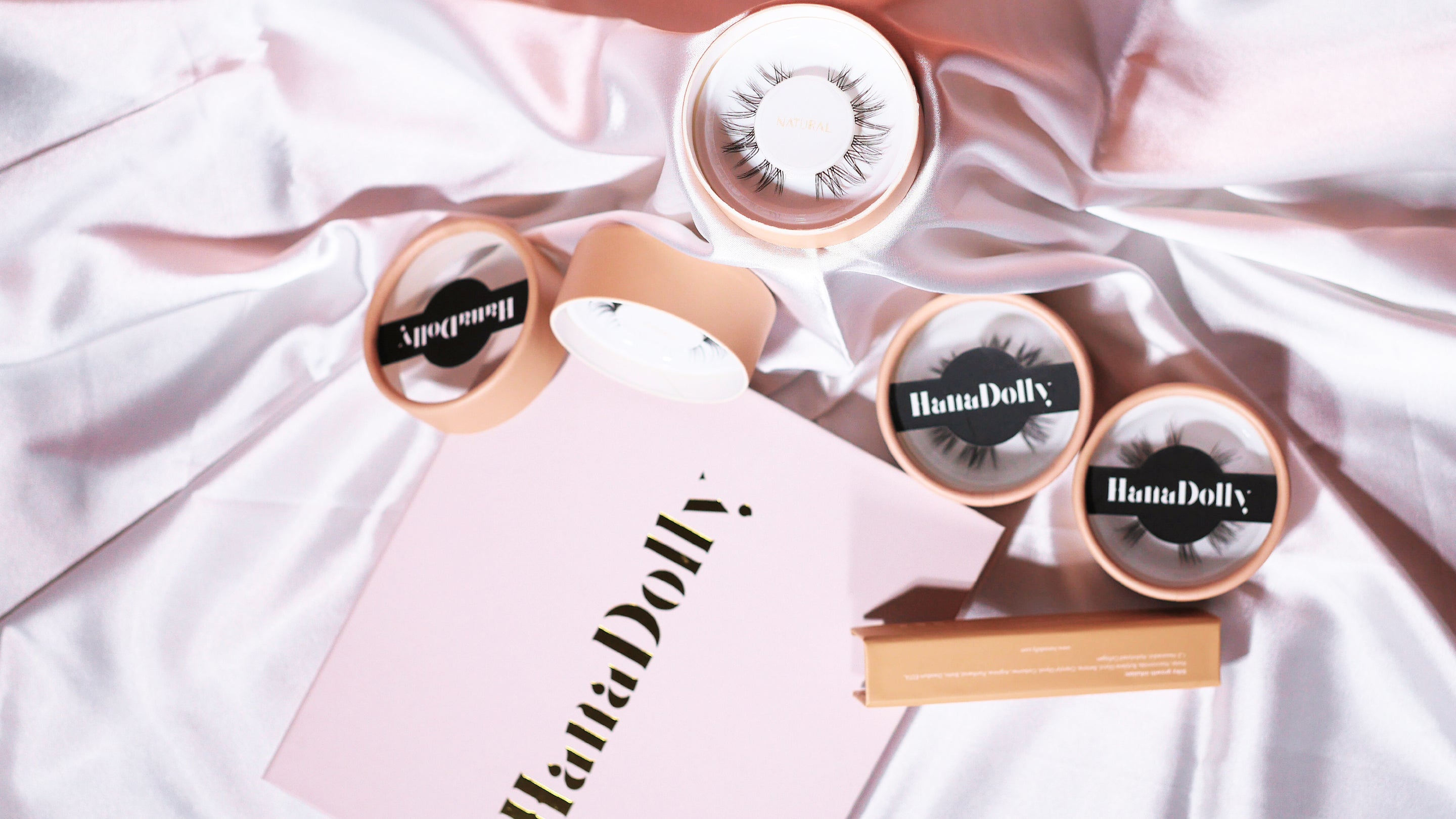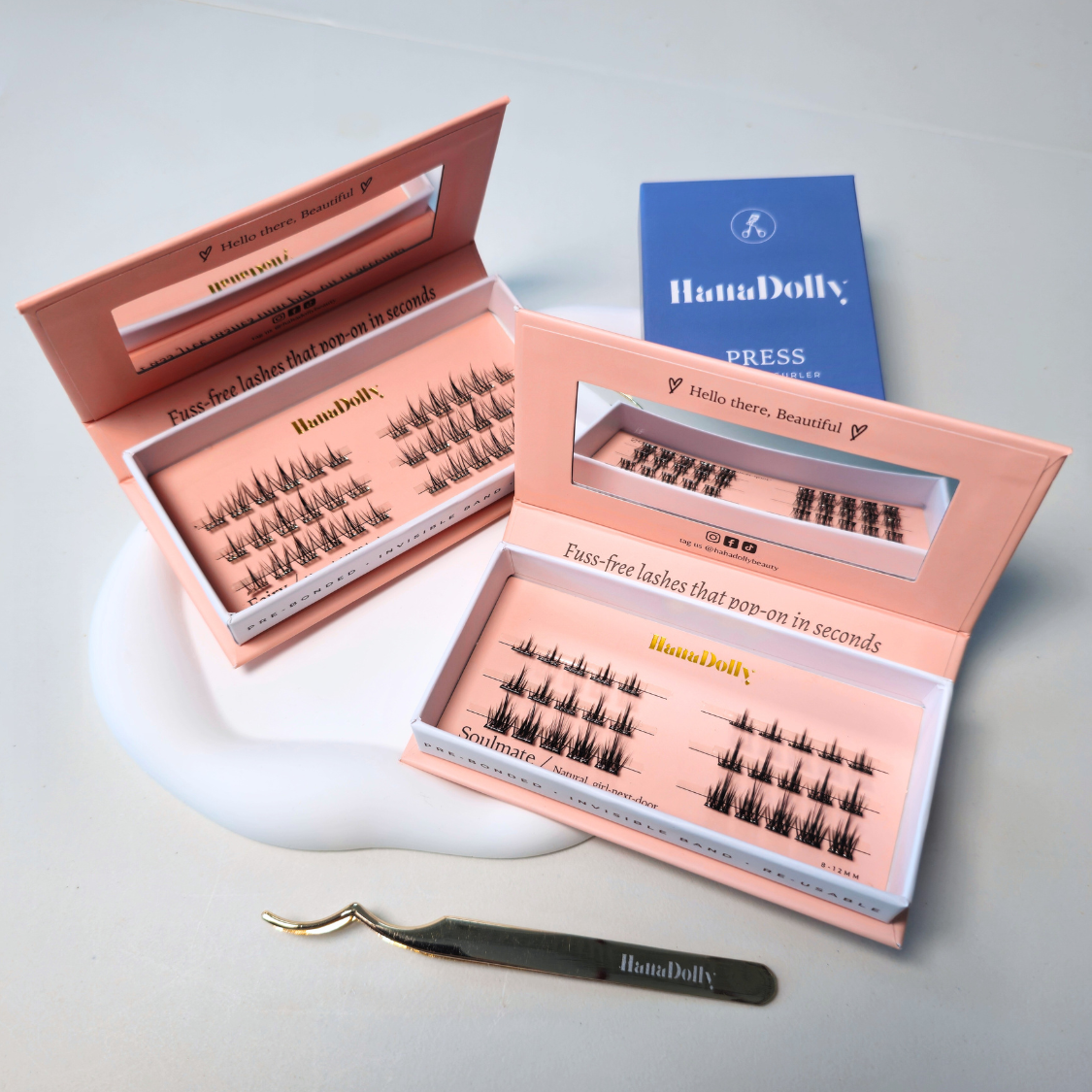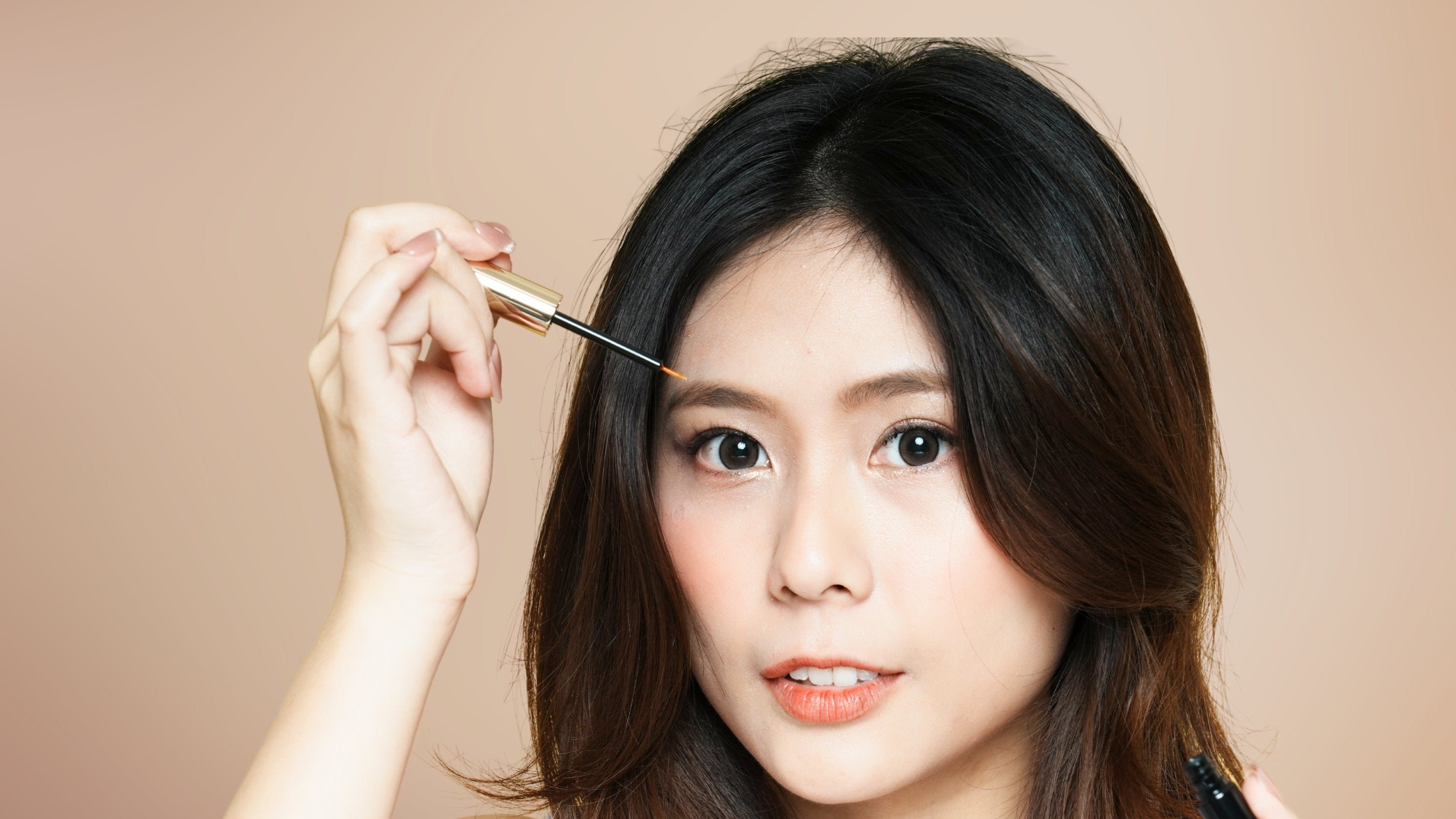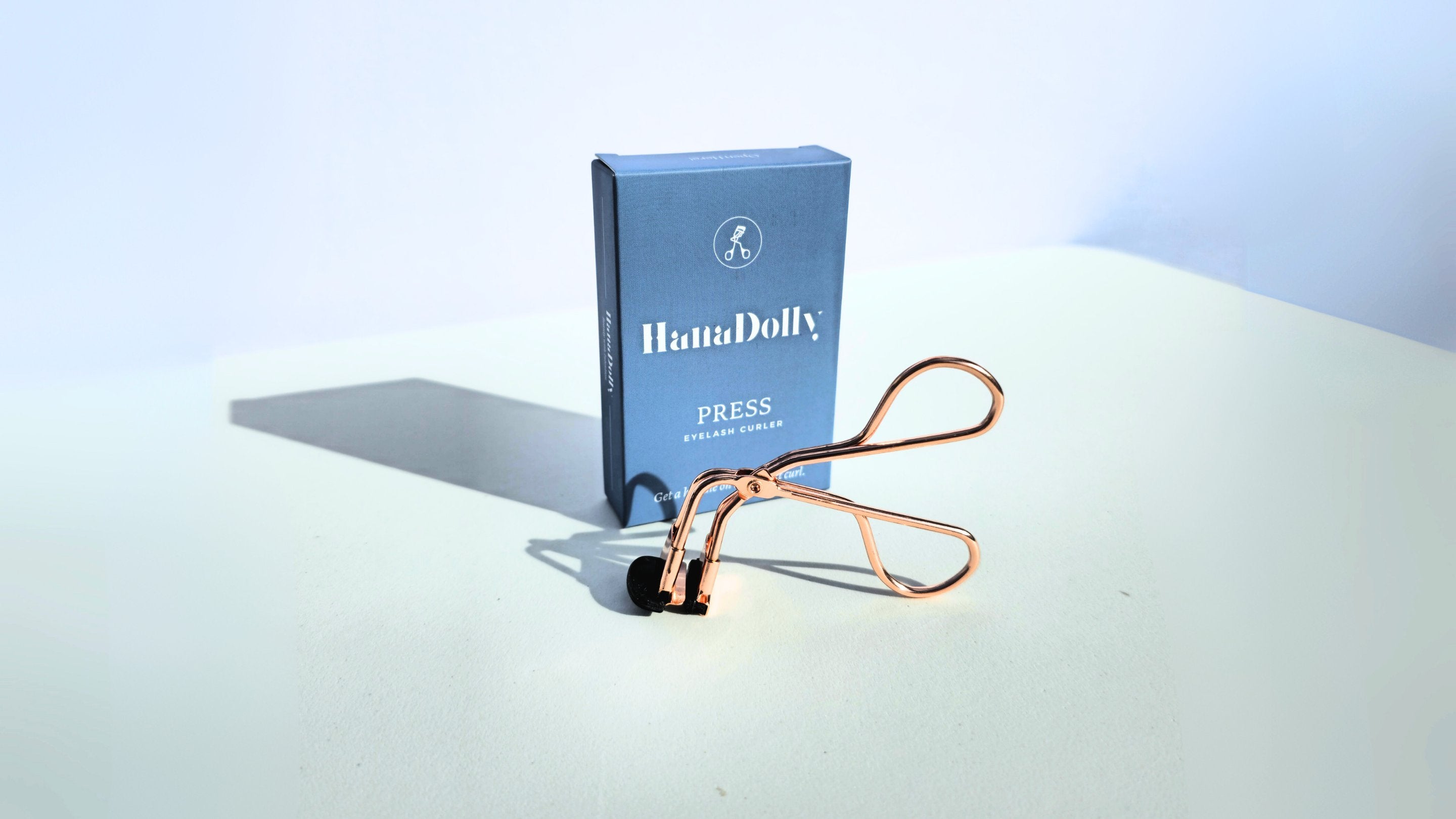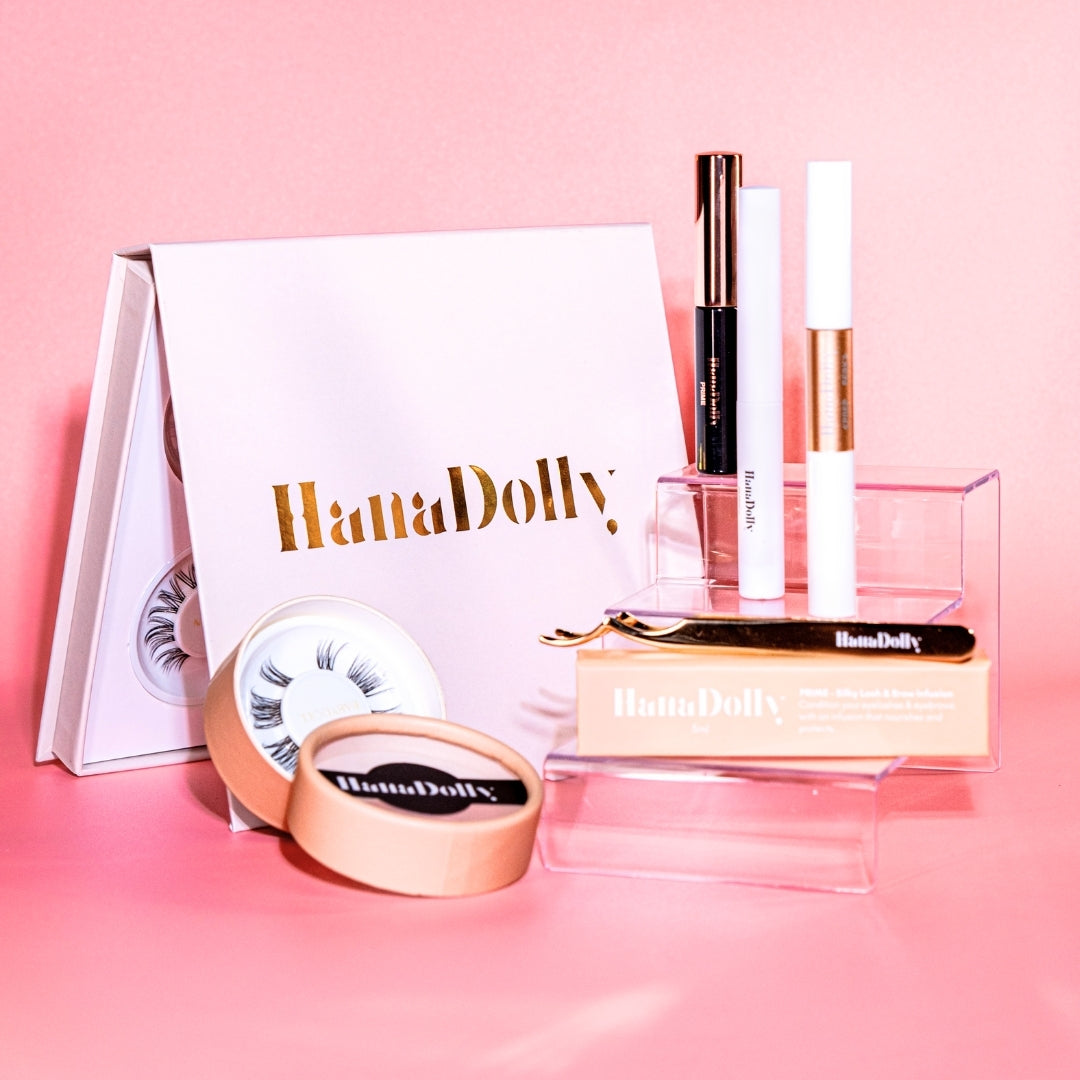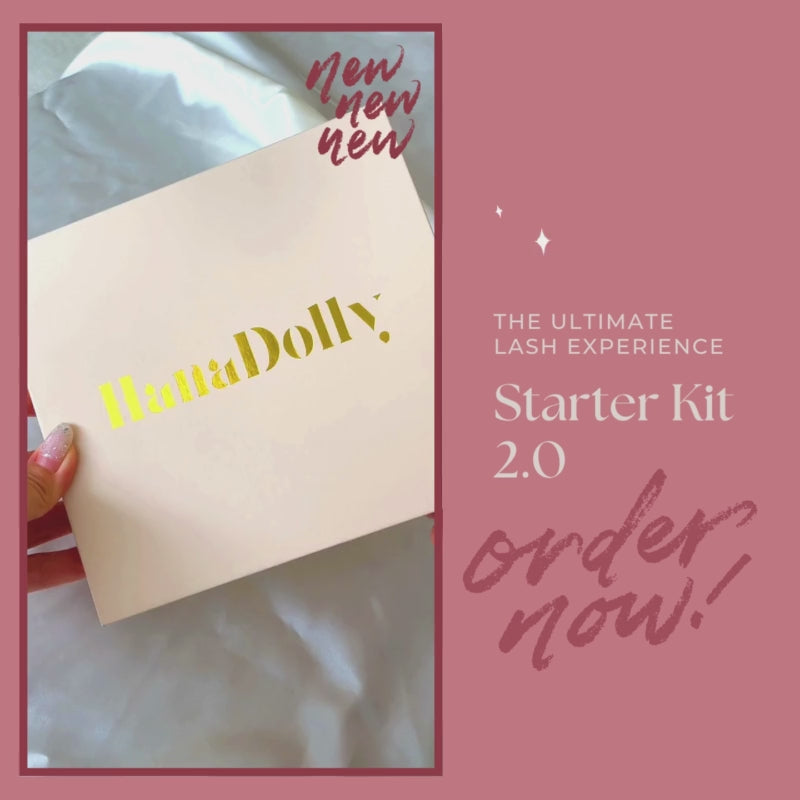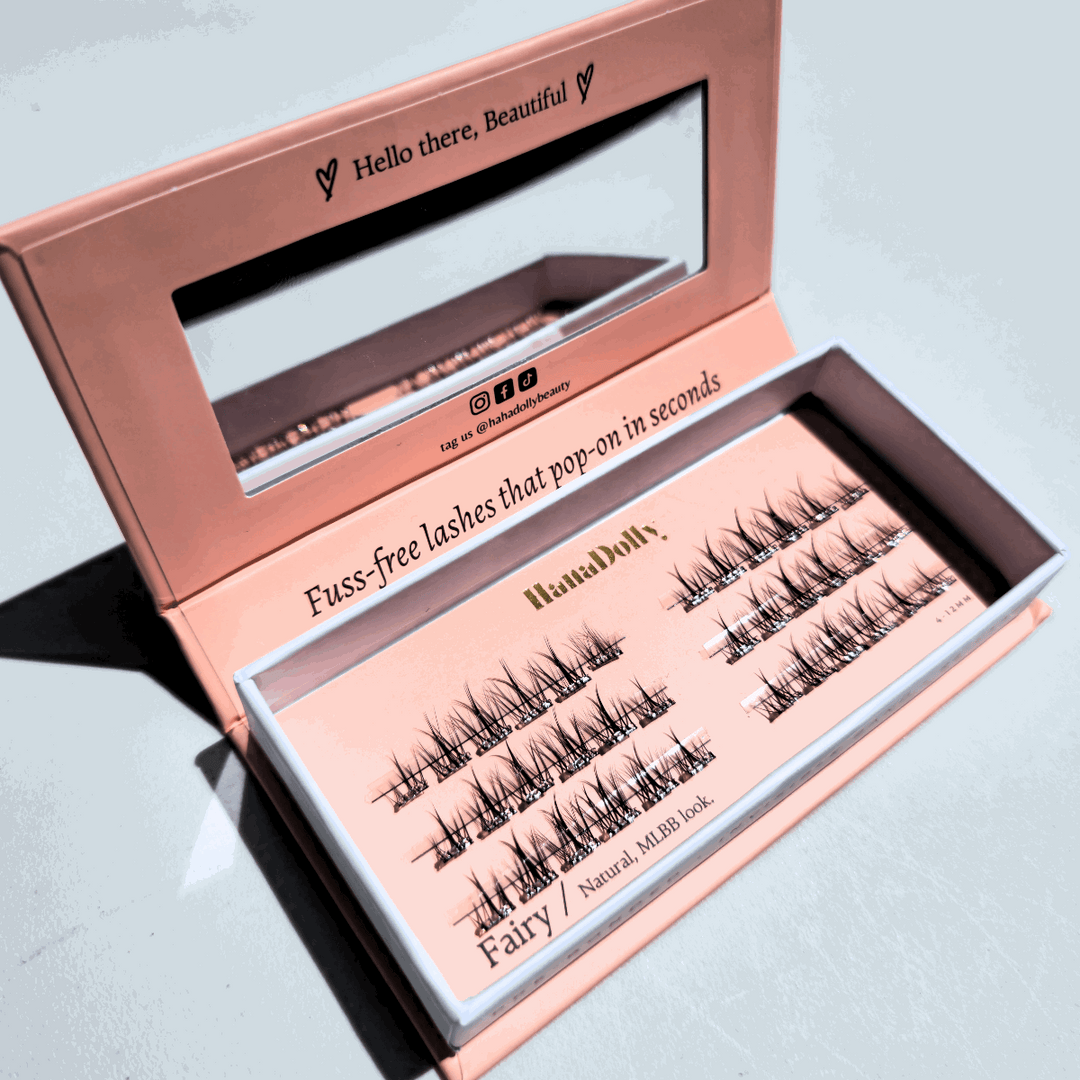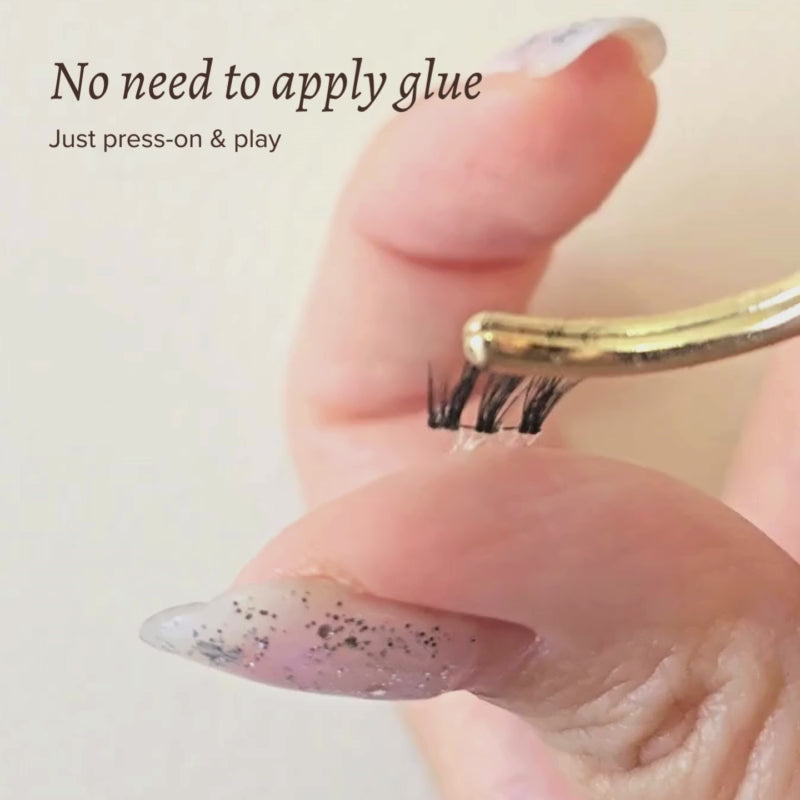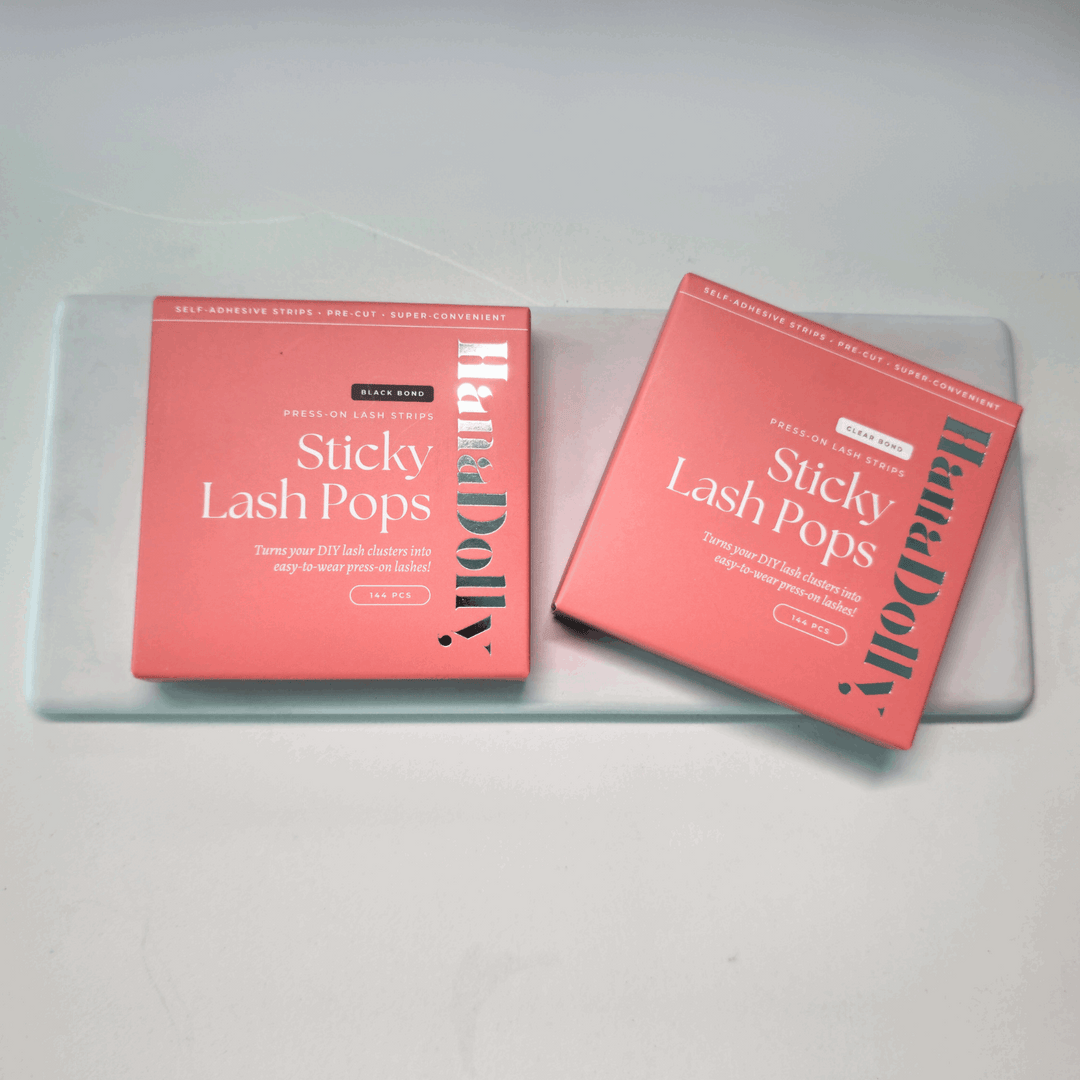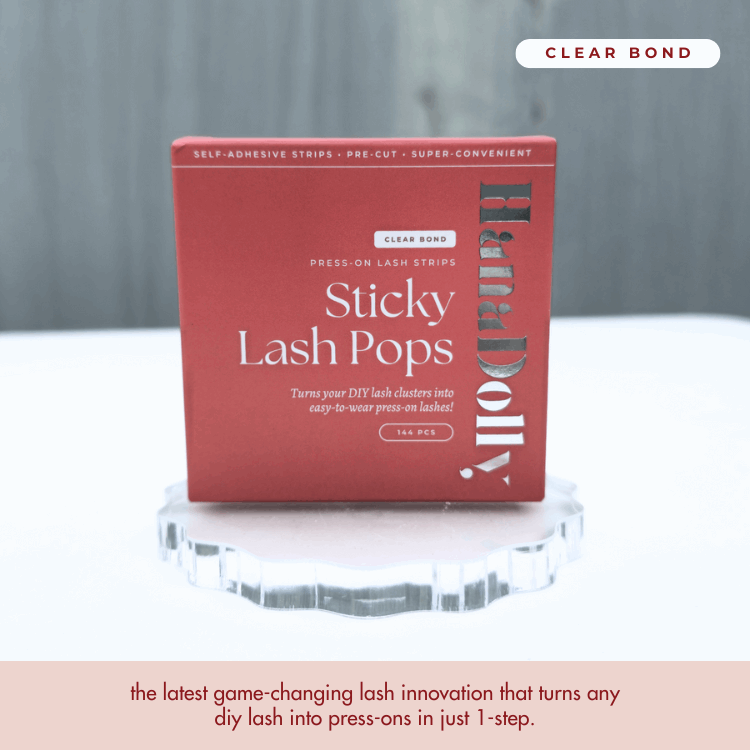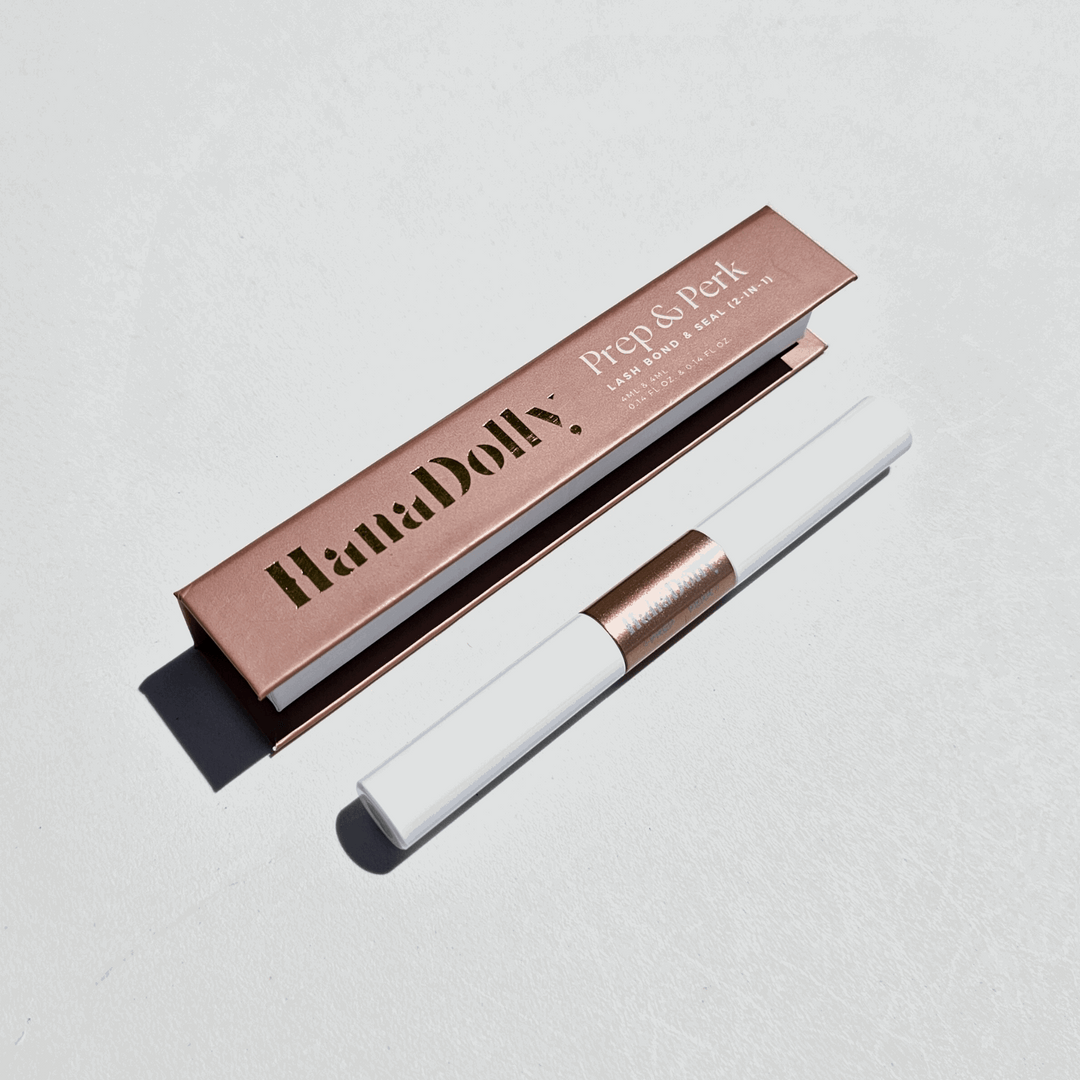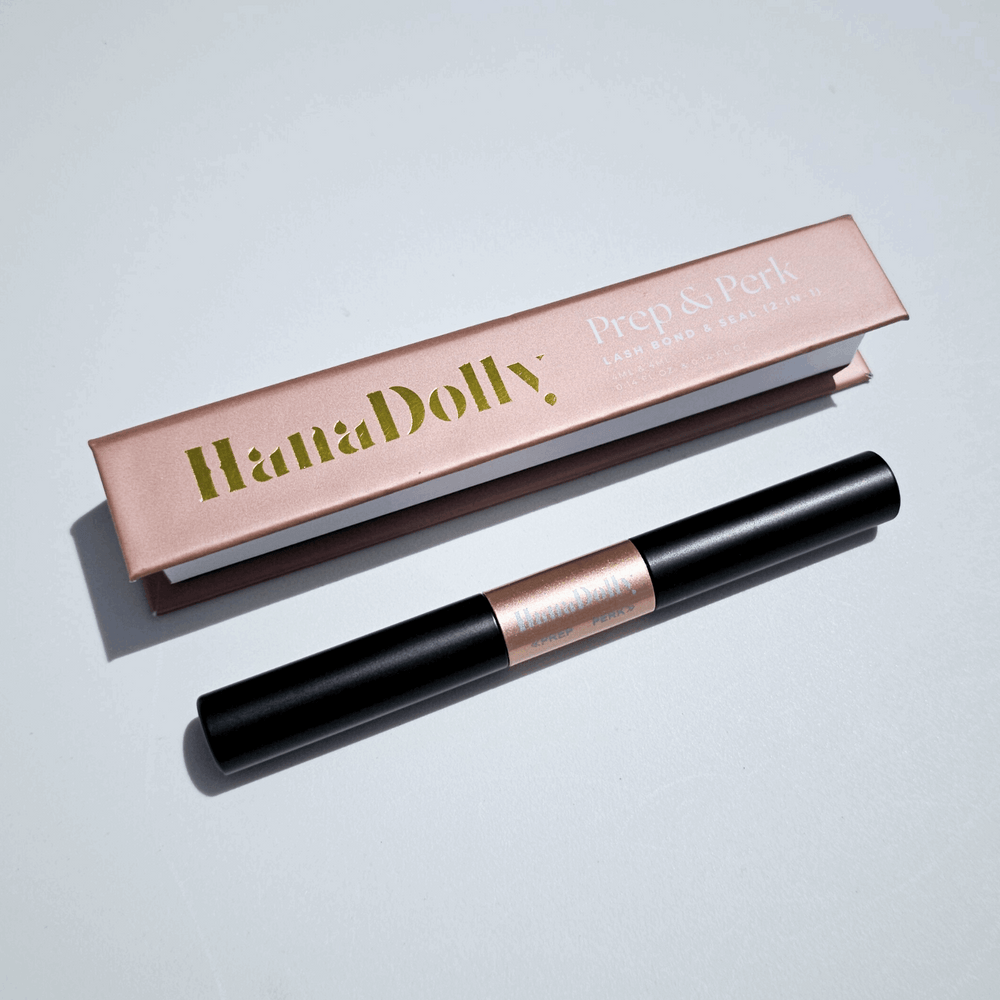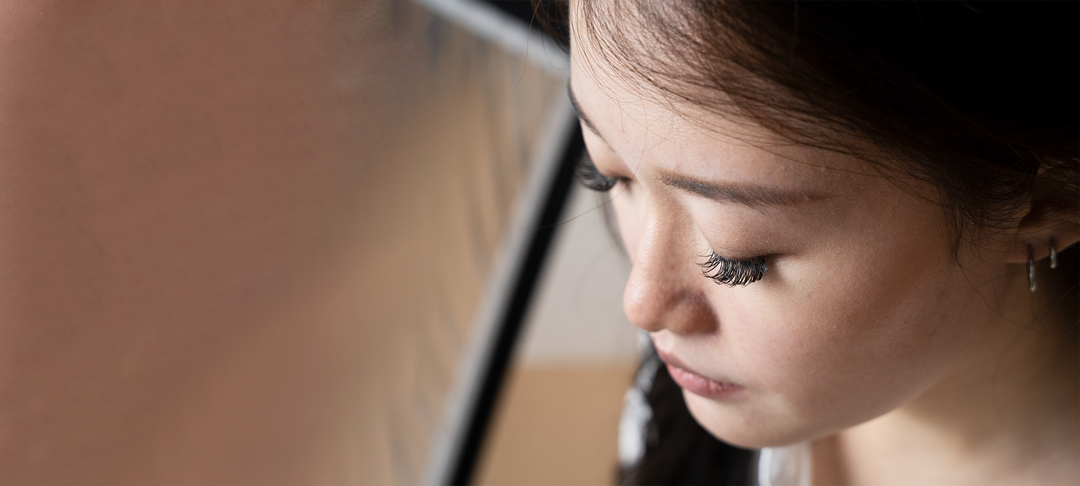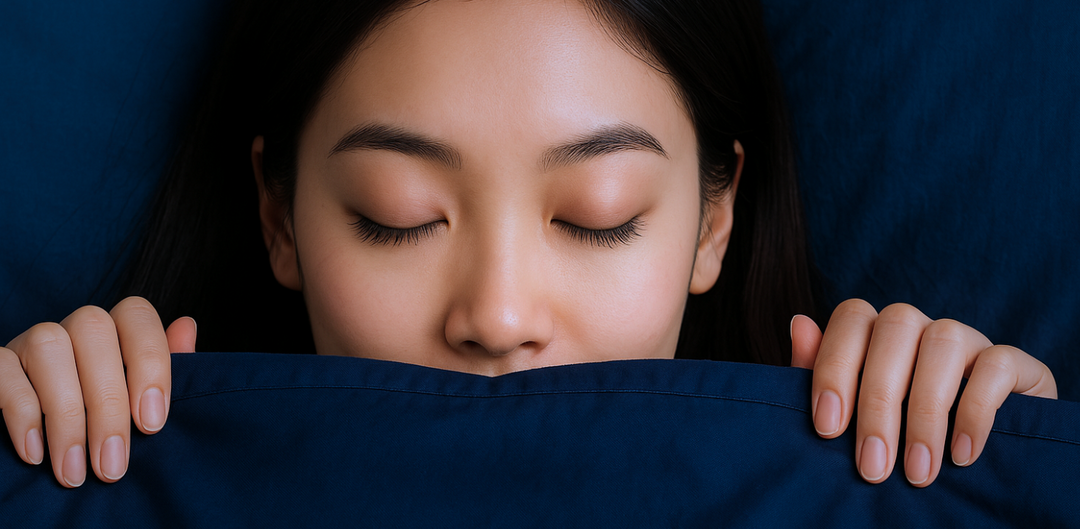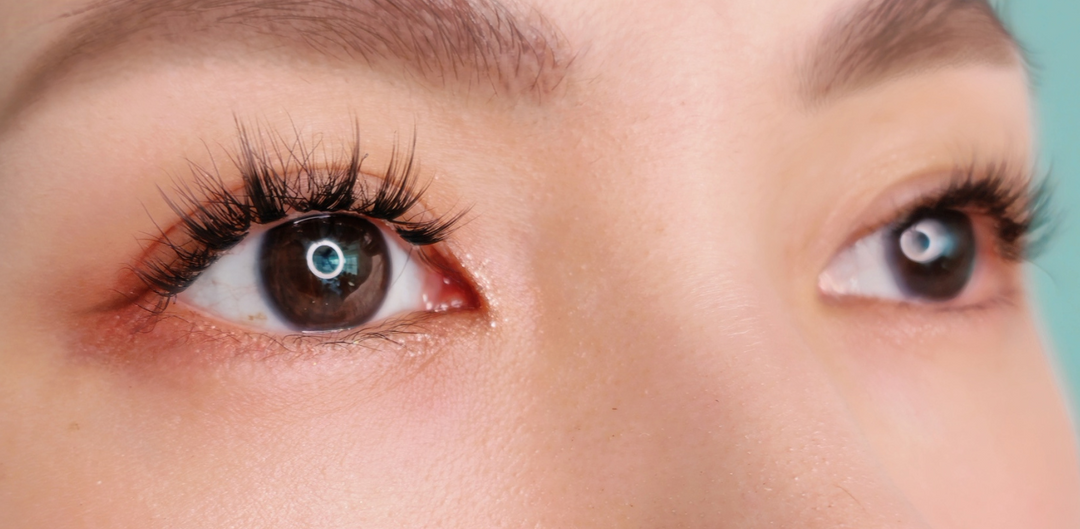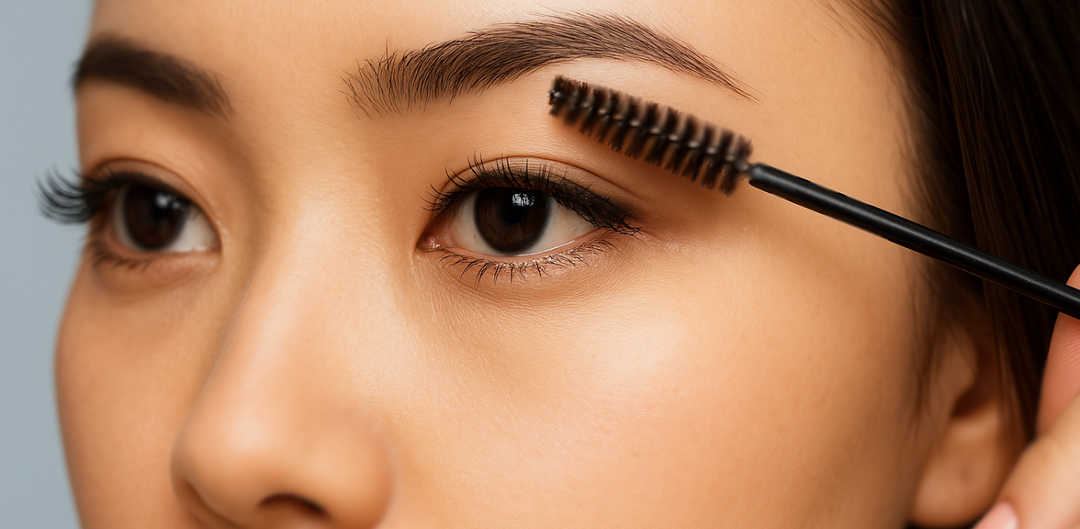Healthy eyelashes not only enhance facial beauty but also serve a vital purpose: protecting your eyes from debris and environmental irritants. Losing eyelashes occasionally is natural, but excessive fallout could signal underlying issues that need attention.
This guide explores the causes of eyelash shedding, debunks common myths, and offers practical solutions to maintain luscious, resilient lashes.
Causes of Eyelash Loss
First let's start with understanding the underlying reasons that cause your eyelashes to fall out. A variety of factors, including natural, environmental, and medical contributors, come into play when lashes start to thin or shed excessively. Let’s explore these causes in detail.
Common Causes of Eyelash Falling Out
Aging and the Natural Lash Cycle
Much like scalp hair, eyelashes follow a lifecycle divided into three key stages:
- Anagen (Growth Phase): Active growth lasts 30-45 days, during which new lash follicles emerge and elongate.
- Catagen (Transition Phase): A brief resting period where lash growth ceases.
-
Telogen (Resting Phase): Lasting roughly 100 days, this phase ends when the lash naturally falls out, making way for a new growth cycle.
As we age, the anagen phase shortens, reducing the overall density, thickness, and length of lashes. Reduced cellular renewal further weakens lashes, making them more prone to breakage. While aging is inevitable, adopting a proper lash care regimen, such as conditioning and gentle handling, can significantly mitigate these changes.
Biotin-rich lash serums like HanaDolly's PRIME helps to stimulate the lash growth cycle which helps to produce thicker, fuller lashes.
Medical Conditions
- Alopecia Areata: An autoimmune disease attacking hair follicles—impacting eyelashes, eyebrows, and scalp hair—causes patchy or sudden lash loss. Approximately 2-3% of the world's population encounters alopecia during their lifetime, according to the National Alopecia Areata Foundation.
- Blepharitis: Chronic eyelid inflammation hinders follicle health, resulting in irritation and lash thinning. Symptoms such as redness, flaking, or eyelid crusting often accompany this condition.
- Thyroid Disorders: Imbalances in thyroid hormones (hyperthyroidism or hypothyroidism) disrupt the hair growth cycle, causing noticeable lash fallout.
Allergic Reactions and Sensitivities
Allergic reactions to makeup, eyelash adhesives, or skincare products can trigger conditions like contact dermatitis, leading to lash shedding and irritation around the eyes. Routine exposure to low-quality or chemical-laden products exacerbates these issues, highlighting the importance of scrutinizing ingredients and switching to hypoallergenic alternatives.
Overuse of Eyelash Extensions
Eyelash extensions are generally safe for use, but make sure to give your eyes a break as well! The weight of eyelash extensions over a prolonged period of time can have an adverse effect on your natural lash strands. Having back to back lash extensions can really take a toll on your lashes.
If you want a more sustainable lash solution with ultra-lightweight lashes (easier on the eyes) and having the full flexibility to control when you want to wear your lashes any time (without being stuck for a month-long), you can consider HanaDolly's lash routine.
Hormonal Changes
Hormonal fluctuations during life stages such as pregnancy, menopause, or postpartum periods often impact the hair growth process. For example, postpartum telogen effluvium pushes a higher percentage of lashes into the resting phase, visibly increasing fallout. This condition is typically temporary and improves as hormones stabilize.
Nutritional Deficiencies
Key nutrients such as biotin, zinc, vitamin E, and omega fatty acids support hair follicle health. Diets lacking these vital components result in weaker lashes that grow brittle over time. Balanced nutrition enriched with lash-boosting vitamins plays a critical role in fostering strong, resilient eyelashes.
Stress and Lifestyle Habits
Elevated cortisol levels linked to chronic stress impact the overall quality of hair, including your lashes. Insufficient sleep, smoking, dehydration, and exposure to environmental pollutants further accelerate premature lash thinning. Prioritizing good lifestyle choices significantly improves lash resilience.
Physical Trauma
Everyday habits like excessive eye rubbing, improper makeup removal, and overusing eyelash curlers can damage lash roots and lead to premature fallout. Being mindful and gentle with your lash care routine prevents this kind of avoidable trauma.
Statistics on Eyelash Loss
- 2-3% of the global population experiences alopecia areata, which can cause patchy lash loss.
- Women aged 35 and older are prone to lash thinning as the anagen phase shortens and hormonal imbalances become more pronounced.
- Allergies to cosmetics account for 10% of makeup-related skin issues, often contributing to lash damage or shedding.
With these causes in mind, it’s equally crucial to separate fact from fiction about eyelash loss for more effective care.
Myths About Eyelash Loss
Eyelash loss often gives rise to myths and misunderstandings that can prevent proper care. Let’s set the record straight with expert insights and science-based truths.
Common Misconceptions
"Lashes Don’t Need Special Care"
False. Just like the hair on your head, eyelashes require consistent care to remain strong and vibrant. Conditioning treatments, gentle cleansing, and avoiding harsh cosmetics are essential for maintaining lash health.
"Eyelash Loss Is Permanent"
Not necessarily. In most cases, eyelashes regrow naturally once the telogen phase concludes or the trigger (like stress or allergic reactions) is addressed. However, permanent loss may occur due to scarring, severe alopecia, or untreated eye conditions, necessitating medical intervention.
"Using Mascara Every Day Is Harmless"
Daily mascara use can dry out lashes and lead to brittleness (particularly waterproof formulas). Proper makeup removal, a few makeup-free days, and high-quality cosmetic products minimize harmful effects.
Clarifying these myths ensures you make informed choices about eyelash care. Let’s now identify when escalating lash loss indicates a larger issue requiring professional diagnosis.
Signs to Watch For
Indicators of Abnormal Lash Loss
While losing 1-2 lashes daily is standard, certain warning signs hint at abnormal fallout:
- Excessive lash shedding within a short period.
- Sparse bald patches along the lash line.
- Persistent inflammation, redness, or discomfort around the eyelid.
When to See a Doctor
Seek medical advice if:
- Symptoms persist despite good care habits or lifestyle changes.
- Noticeable eyelid infections occur, such as swelling or discharge.
- You suspect a systemic issue like hypothyroidism or dermatological conditions.
Best Practices for Daily Eyelash Care
Do’s for Healthier Lashes
- Cleanse Gently: Use an oil-free micellar water or makeup remover to clean your lashes without tugging on delicate follicles.
- Boost Growth Naturally: Opt for serums with nourishing ingredients like peptides, biotin, and vitamin E.
- Hydrate and Strengthen: Maintain a balanced diet rich in hair-healthy nutrients, including iron, vitamin D, and omega-3 fats.
- Opt for hypoallergenic makeup products that reduce the chances of irritating your lash line.
- Replace lash tools (e.g., curlers and mascara wands) every 3-6 months to prevent bacterial infections.
- Protect lashes from harsh weather by wearing sunglasses or goggles in windy or high-pollution areas.
Don’ts to Avoid Damage
- Never rub your eyes aggressively or pull at your lashes.
- Avoid expired makeup products, which often harbor bacteria or irritants.
- Don’t sleep with mascara - overnight residue can weaken lashes or lead to breakage.
Making small but consistent changes in daily lash care can significantly reduce the risk of fallout. To build on these habits, adopting lifestyle and preventative strategies is paramount.
Investing in proactive care guarantees healthier, fuller lashes over time. For a quick, transformative solution, explore HanaDolly's lash-perfecting products and tools that let you achieve salon-quality results, right at home, with ease and confidence.


